/7446f4c4-e53f-4ccc-ad48-5d13dd7ad0e7.png)
How to Solve Problems with Pareto Chart | 80/20 Rule Explained
Review Rating Score
Are you looking for a way to visually analyze and solve problems in your business or organization? Consider using a Pareto Chart! A Pareto Chart is a graphical tool that displays the relative importance of different categories of a problem based on their contribution to the overall issue. At BizzLibrary.com, we offer a comprehensive Pareto Chart template that enables you to identify the most significant problems in your business and take appropriate action.
What is a Pareto Chart?
A Pareto Chart is a combination of a bar graph and a line graph that displays the most common problems in a process or system and their corresponding frequencies. It is based on the Pareto Principle, which states that roughly 80% of problems are caused by 20% of the possible causes. The chart arranges the problems in descending order based on the frequency of occurrence, with the most significant issues displayed first.
How to Create a Pareto Chart?
Creating a Pareto Chart can be a complex task involving data gathering and analysis. But with our Pareto Chart template, you can easily create and customize your chart in XLSX format. Here's how:
- Gather Data: Collect data on the problem you want to analyze. Ensure that you have accurate and reliable data about the type of problem, the number of occurrences, and the time frame.
- Rank the Problems: Sort the problems in descending order based on the number of occurrences. This represents the frequency column of your Pareto Chart.
- Calculate the Cumulative Percentages: Calculate the cumulative percentage of the number of occurrences, beginning with the most frequent problem. This represents the cumulative percentage column of your Pareto Chart.
- Create the Chart: Using the data from steps 2 and 3, create a bar graph and a line graph on the same chart. The bar graph represents the frequency column, while the line graph represents the cumulative percentage column. Label the x-axis with the problem categories and the y-axis with the frequency and cumulative percentages, respectively.
Download Our Pareto Chart Template
If you're looking for an easier way to create your Pareto Chart, our Pareto Chart template is just what you need. Simply download our XLSX file, enter your data, and customize the chart to suit your needs. With our template, you'll be able to:
- Quickly and easily input your data into the chart
- Automatically calculate the cumulative percentages and sort the problems by frequency
- Customize the chart's colors, labels, and fonts for easy readability
- Save and share your finished chart with others
Don't let problems in your business go unnoticed. With our Pareto Chart template, you can easily identify the most significant issues and take the necessary steps to address them. Download our template from BizzLibrary.com now and start improving your business processes today!
Is the template content above helpful?
Thanks for letting us know!
Reviews
Frida Cisneros(6/28/2023) - NZL
Can I donate somewhere, it is helpful what you did for me
Author. Content was provided by:
Elizabeth Davis
Elizabeth is from the sunny desert city of Phoenix, Arizona. She is thrilled to connect with professionals and like-minded individuals who share a passion for social technologies, content creation, and the exciting possibilities that AI brings to the world of social media. Her hobbies are hiking, climbing, and horse riding. Elizabeth has a master's degree in Social Technologies that she received at the ASU (Arizona State University). As a freelancer, she mostly contributes content related to IT. This includes articles on templates and forms provided by our community.
Follow Elizabeth
Last modified
Our Latest Blog
- The Importance of Vehicle Inspections in Rent-to-Own Car Agreements
- Setting Up Your E-mail Marketing for Your Business: The Blueprint to Skyrocketing Engagement and Sales
- The Power of Document Templates: Enhancing Efficiency and Streamlining Workflows
- Writing a Great Resume: Tips from a Professional Resume Writer
Template Tags
Need help?
We are standing by to assist you. Please keep in mind we are not licensed attorneys and cannot address any legal related questions.
-
Chat
Online - Email
Send a message
You May Also Like
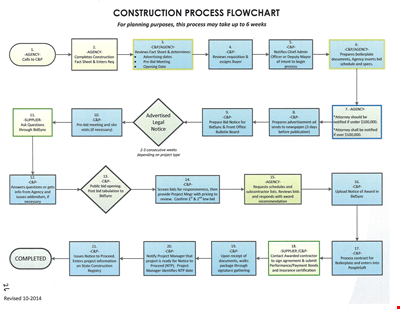
Create Professional Project Flow Charts with our Free Template
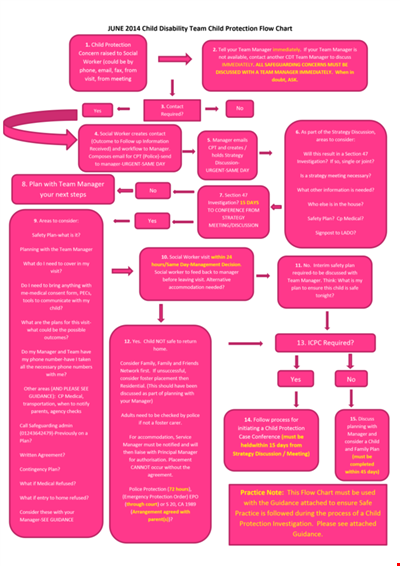
Social Event Flow Chart Template - Plan, Organize, and Execute Memorable Events
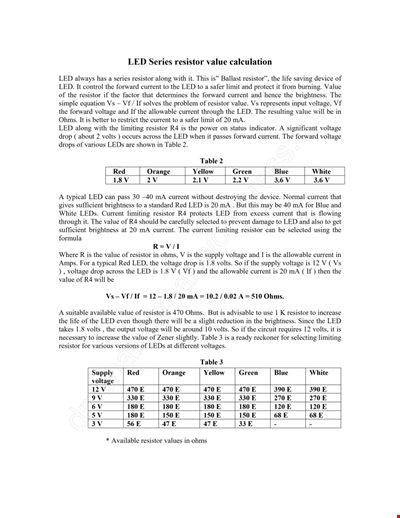
Calculation Resistor Value Chart For Led

Reward Template for Kids | Printable Behavior Chart & Chore Chart

Organizational Chart Template, Editable Org Chart, Free Download

Minecraft Birthday Banner - Buy Customizable Party Decorations

Personal Food Calorie Chart

Family Tree Chart For Kids
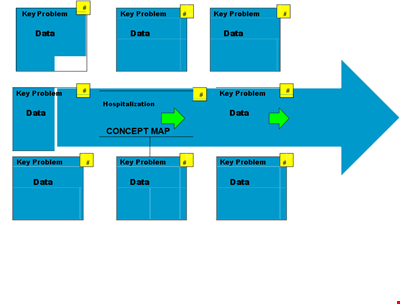
Create Organized Concepts with Our Concept Map Template - Solve Problems & Analyze Reasons
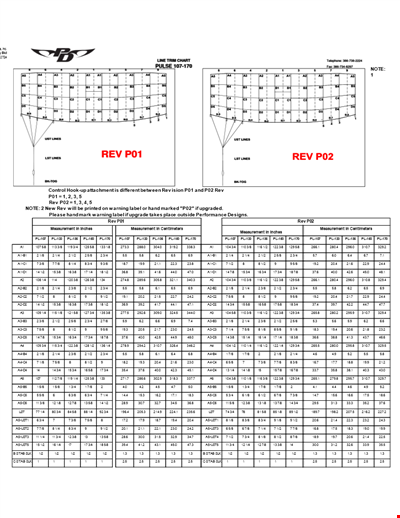
Find the Ideal Pulse Rate with Our Chord Tool
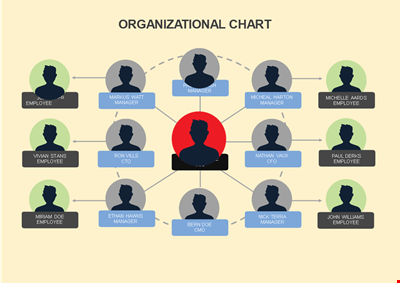
Org Chart Template Word
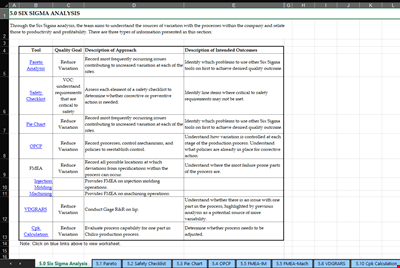
Understand and Reduce Process Variation with a Pareto Chart
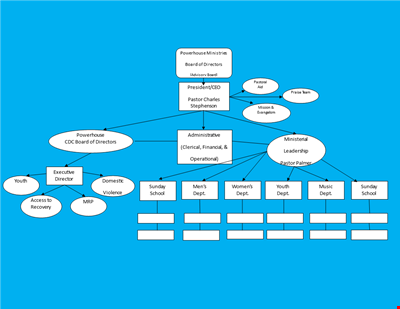
Create an Organizational Chart Template - Easily Visualize Your Company Hierarchy

Free Vintage Family Tree Template
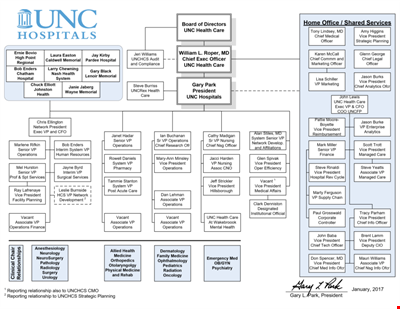
Large Hospital Organizational Chart Template - Download Now
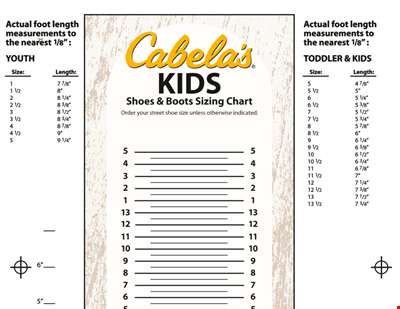
Printable Shoe Size Chart for Kids: Find the Perfect Fit for Your Little Ones